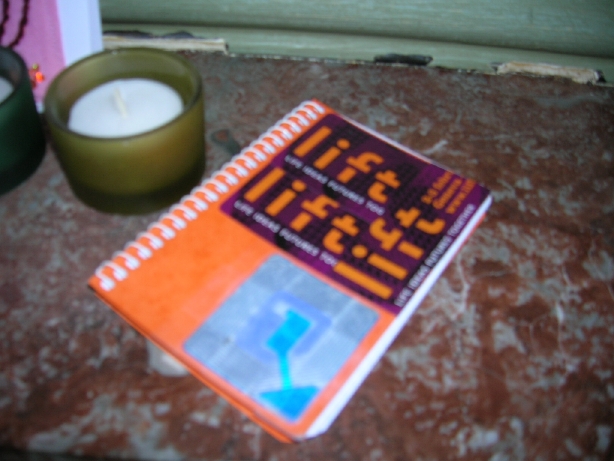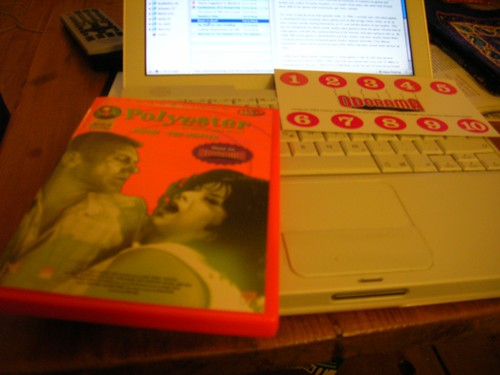Doing a presentation in Lyon (France) today, I encountered this interesting sound installation in a parking garage (the policy here is to put art installation in every underground parking garage, which is nice): Strata by Jody Elff
Commissioned by Lyon Parc Auto, Strata is a reactive sonic sculpture distributed throughout 6 levels of the new subterranean parking garage at the Cité Internationale complex in Lyon. The work is the result of 2 years of combined effort between Jody Elff, Lyon Parc Auto, and Art/Enterprise. Strata explores the relationships of levels, or strata of the structure itselfThe work consists of 6 unique sonic “personalities,” one for each level of the facility. A computer controls the occurrence and distribution of the sounds throughout the facility. When an observer is on a particular level of the garage, they hear only the sound of that level. However, there is a global control process in place that guarantees that all six levels are harmonically and rhythmically coherent. In addition to the control of the sounds by the computer, the sounds of vehicles themselves will be transformed and integrated into the final presentation. The result is one of a spontaneously generated composition, comprised of the individual sonic events from each floor. This combined result can be heard in the main pedestrian entrance hall of the facility.
In addition to the sonic sculpture, a visual component of the work was installed in the elevator cars. A series of patters drawn directly from the software used to create the sound sculpture was realized in a light filtering material. As your visual relationship to the elevator cars shifts, the materials change color, from amber to blue to translucent.

 Why do I blog this? what I like in the parking company approach here is the idea that space is not a neutral domain. Their interest is to pay attention to the aesthetic considerations of their spaces.
Why do I blog this? what I like in the parking company approach here is the idea that space is not a neutral domain. Their interest is to pay attention to the aesthetic considerations of their spaces.











